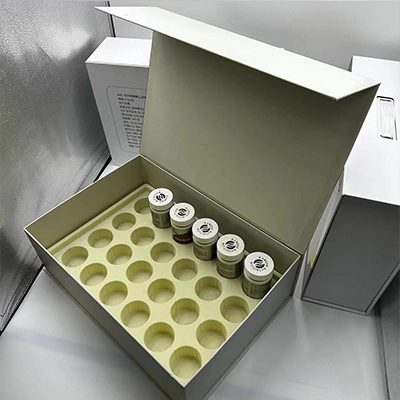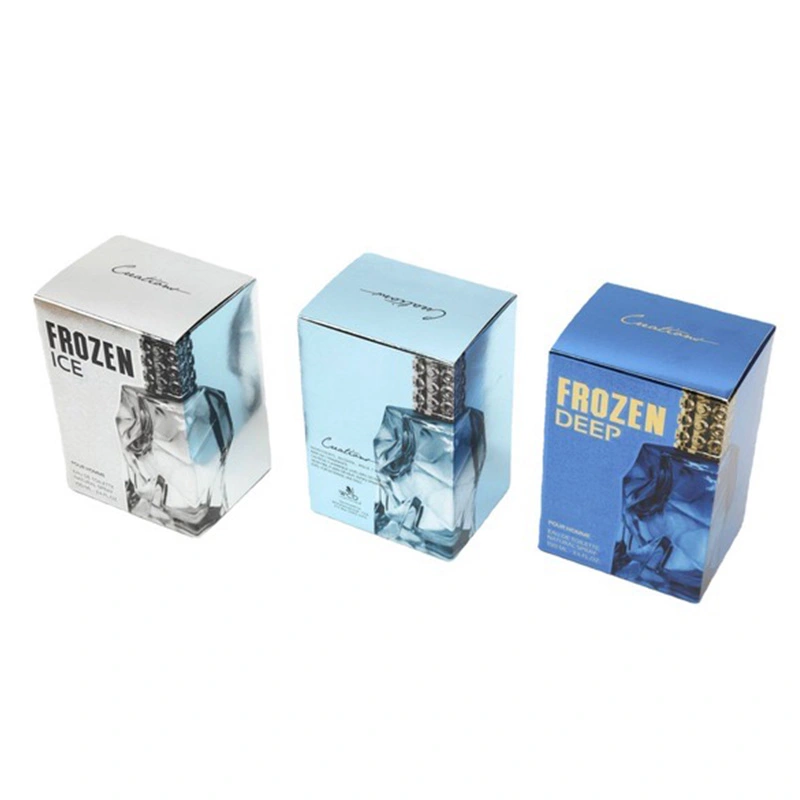The Characteristics of Corrugated Box for Fruits
Corrugated box for fruits, as the name suggests, is a box made of corrugated cardboard used to package fruits. Corrugated cardboard is a composite cardboard made by bonding linerboard and corrugated medium. The raw materials for corrugated cardboard mainly consist of hemicellulose, cellulose, lignin, pectin, resins, and other plant fibers. As these raw materials contain a large number of polymer compounds, corrugated cardboard is highly hydrophilic and prone to swelling and disintegration upon water absorption, making it relaxed and rotten, leading to a rapid decrease in compressive and cushioning performance. Consequently, fruits lose their mechanical protective layer, resulting in damage.
Therefore, the moisture content of corrugated cardboard is a crucial assessment factor that cannot be ignored. The national standard for the moisture content of corrugated cardboard is (11±3)%, and this is also the basic standard adhered to by YG Paper Packaging.
Generally, the moisture content of corrugated box for fruits is mainly influenced by water vapor in the air. For example, regional environmental differences mean that the humidity of the air in the north and south is completely different. The air in the south is humid with high moisture content near saturation, making the air less capable of absorbing water. Excess moisture is likely to be absorbed by the corrugated cardboard. In contrast, the air in the north is dry with low humidity and a moisture content far below saturation, thus having a strong ability to absorb moisture, making excess moisture less likely to be absorbed by the cardboard. Therefore, the way corrugated cardboard moisture content is managed differs slightly between the north and the south.
The Principle of Corrugated Box for Fruits Storage and Preservation
Fruits are living organisms, and generally, the heat in fruits is divided into field heat and respiratory heat. Respiratory heat is generated during the storage process as fruits maintain life through "breathing," during which a large amount of ethylene and heat is produced, and the moisture content of the fruit itself decreases. This accelerates the respiration of the fruit, causing it to wilt, thus greatly reducing the fruit's taste and commercial value. Additionally, in normal-temperature conditions, fruits produce a large number of pathogenic microorganisms during respiration. Especially when fruits are packaged with ordinary thin films that have poor breathability, condensation forms on the inner side of the film, leading to the rapid proliferation of bacteria, which lowers the freshness of the fruit and even causes decay.
Therefore, current methods for fruit preservation include cold storage, controlled atmosphere storage, ethylene absorption films, antibacterial films, and anti-condensate films to maintain fruit freshness. For example, fruits stored in low-oxygen and high-nitrogen (98%) environments can effectively slow down respiration, achieving extended fruit preservation. However, in actual storage and transportation, various factors such as low temperature, low ethylene, sterility, and low oxygen must be comprehensively considered for their impact on fruit preservation. Certain media might be used to increase space utilization and prevent mechanical damage to the fruit.
Therefore, corrugated box for fruits is an optimal choice. They offer excellent thermal insulation and gas control functions, maintaining temperature regulation under cold storage conditions. Corrugated box for fruits is mixed with pore-forming powder for ethylene absorption can effectively control gas content inside the box. Additionally, corrugated box for fruits has buffer performance, anti-crush resistance, and burst resistance, effectively preventing mechanical damage to the fruit, maintaining its original freshness, and enhancing its commercial value.
For example, punching a few air holes in the corrugated box containing fruits allows air circulation, dissipating the heat generated during fruit oxidation and letting in cold air from the refrigerated environment, thus lowering the overall temperature of the package (oxygen and carbon dioxide generally pass through the cardboard). However, it should be noted that if a closed plastic bag is used inside a perforated corrugated box for fruits, the oxygen content around the fruit will decrease, and high-concentration water vapor will condense inside the bag, which might accelerate the "aging" process of the fruit.
 GET A QUOTE
GET A QUOTE
 YG Paper Packaging Co., Ltd.
YG Paper Packaging Co., Ltd.
 EMAIL
EMAIL
 PHONE
PHONE

 English
English





 Call us on:
Call us on:  EMAIL:
EMAIL:  No.1 Gaoxin Road, Zhouzhuang Town, Kunshan City, Jiangsu Province, China.
No.1 Gaoxin Road, Zhouzhuang Town, Kunshan City, Jiangsu Province, China. 


